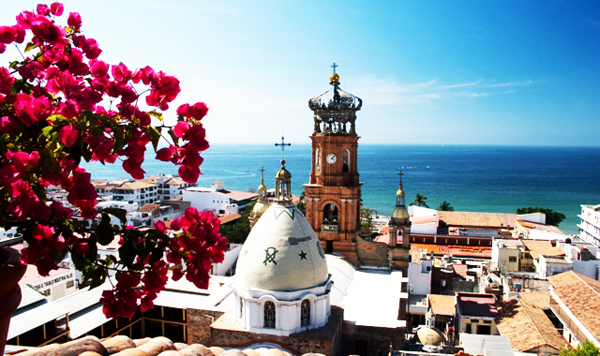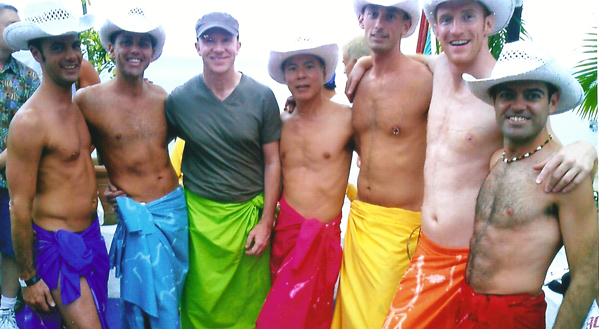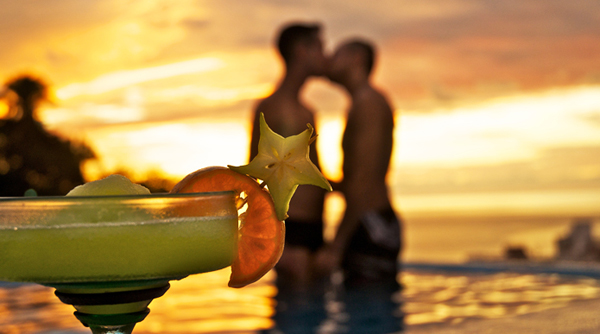Day of the Dead Puerto Vallarta
DIA DE LOS MUERTOS
DAY OF THE DEAD
Most people who are not from Mexico, think the Day of the Dead is a day full of sadness, freight, and other horrible feelings. It is not; Day of the Dead is a beautiful ritual that is performed happily and lovingly, to remember all the loved relatives and friends that are no longer with us, through festivals and lively celebrations. Assured that the dead would be insulted by mourning or sadness, Day of the Dead celebrates the lives of the deceased with food, drink, parties, and activities the dead enjoyed in life. On Day of the Dead, the dead are also a part of the community, awakened from their eternal sleep to share celebrations with their loved ones.
Although Day of the Dead is usually a private holiday celebrated among family members, for example, Cemetery in the 5th of December Colonia is the site of traditional Day of the Dead observance for private celebrations, it is also a celebration of the whole town, and therefore Asociación Vallarta Centro prepares an Annual Día de Los Muertos Festival, a celebration that promises to be magnificent. This celebration includes the display of conventional altars and Catrinas, pan de muerto tastings (a sweetened soft bread, often decorated with bone-like pieces, that’s traditionally baked during the days leading up to El Día de los Muertos), and other traditional Day of the Dead activities. It also includes folklore dancing dedicated to the dead, a parade, singing, dancing, Mariachi music, and a firework display. All in all, besides enjoying the natural beauty of Puerto Vallarta, it’s beach, sun, water activities, and tourist attractions, you will also be able to enjoy its cultural side through the famous Day of the Dead, one of the most important celebrations in the whole of Mexico.
OCTOBER 31 :: The souls of those that were killed or died of unnatural causes are remembered.
NOVEMBER 1 :: The souls of the children are honored with special designs in the altars, using the color white on flowers and candles
NOVEMBER 2 :: The souls of the adults are remembered. Schools and some offices and businesses are closed in Puerto Vallarta.
These are the days when art, religion, life, death, sadness and humor all come together in bright colors, tears and music. The dead are visited (or visit) and the living take the time to decorate and elaborate the past. The afterlife opens to the present. The graves are cleaned. The souls are refreshed.
The City of Puerto Vallarta is also sponsoring an altar competition with the entrants to be displayed on November 1 & 2 at the City Square at the Presidencia.
Display of Altars and parade starting at the Malecon heading to the Rio Cuale Municipal Market, ending with a folk festival with Charros, Catrina contest and fireworks.
The festival will also include a film festival, a food tasting and a series of concerts, folkloric ballet and a presentation of a series of photos on the theme of death, as it is viewed by popular Mexican culture.
Organizers will also try to break the Guinness Book of World Records for the number of Catrinas in one place, the playful visualization of death was made famous by Jose Guadalupe Posada, and has received notoriety across the US and Canada as of recently.
When: October 27th – November 2nd, 2015
Place: Malecon and Municipal Market
Watch this short video about DAY OF THE DEAD.
(left : Jose Guadalupe Posada’s original ‘La Calavera Catrina,’ circa 1910. Jose Guadalupe Posada’s original “La Calavera Catrina,” circa 1910. credit: Courtesy Mexican Museum)
La Calavera Catrina (‘Dapper Skeleton’, ‘Elegant Skull’) is a 1910–1913 zinc etching by famous Mexican printmaker, cartoon illustrator and lithographer José Guadalupe Posada. The image depicts a female skeleton dressed only in a hat befitting the upper class outfit of a European of her time. Her chapeau en attende is related to French and European styles of the early 20th century. She is offered as a satirical portrait of those Mexican natives who, Posada felt, were aspiring to adopt European aristocratic traditions in the pre-revolutionary era. She in particular has become an icon of the Mexican Día de los Muertos, or Day of the Dead.
Catrina has come to symbolize not only El Día de los Muertos and the Mexican willingness to laugh at death itself, but originally catrina was an elegant or well-dressed woman, so it refers to rich people. Death brings this neutralizing force; everyone is equal in the end. Sometimes people have to be reminded.
Many shops in Puerto Vallarta sell various versions of Catrina. Some wonderful examples of her can be found at Galeria Indigena. (See more on the Gallery HERE)
And Colecktika and Peyote People. Both the same owners, both have contemporary Mexican Folk Art that will make you look a some very old traditions in a whole new way. Colecktika has more fine art – while Peyote People has a variety of affordable arts and crafts.
One of their specialties is art by the Huichol Indians. Deep in the Sierra Madre Mountains of Western Mexico live the Huichol Indians. Very little is known about the exact origins of the Huichol, but today they are clinging to a set of customs and beliefs that make them one of the best preserved Pre-Columbian tribes in the Western Hemisphere.
“Since 1997 we have been traveling up to the ancient Huichol Indian Ceremonial Center of San Andres Cohamiata where we have followed a number of Huichol families through their daily lives and have documented the ceremonies that set them apart from the rest of the world. Through this web site we will give you a never before seen look into the Huichol Indian ceremonial cycle and will be marketing their art for the money they need to host their traditional rituals and ceremonies.”
Peyote People is a fair trade co-operative based in Puerto Vallarta, Mexico that provides most of the carvings to our artists as well as new iridescent glass beads that are imported exclusively by us into Mexico for our artists to use in their art. We have been recognized by the Huichol Indian Traditional Government of San Andres Cohamaita for not only promoting their artwork but also for our commitment to the preservation of their customs and traditions through what we call CULTURAL AUTHENTICITY:
“Cultural Authenticity may be an invisible quality but it is what separates the ‘urban’ Huichol from those who actually live in the Sierra and are actively involved in the preservation of their cultures traditions.”




























